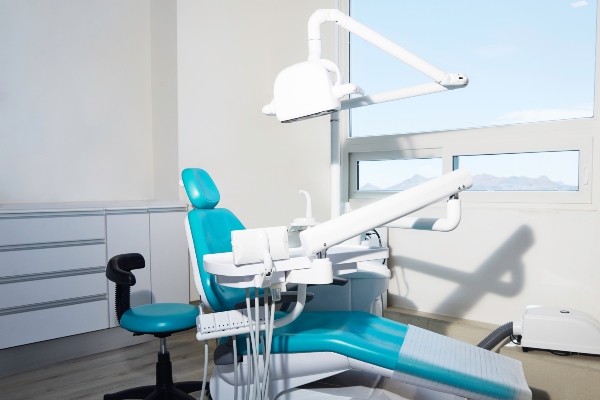Everything You Need to Know About Dental Bridges
Your dental health is of the most importance in ensuring you are a healthy person, with the cleanest teeth possible. While most people take care of their teeth through the use of
dentists and orthodontists, few go the extra mile. That’s ensuring they get the most up to date, proper treatment for various dental health issues. For example, when people are told by dentists that they require getting their cavities filled, they get them done. However, additional dentistry needs are often not followed by people, as they do not believe them prevalent enough to impact them.One of these important aspects of dental health is
dental bridges. Dental bridges carry great importance in ensuring your dental health and the overall look of your teeth. You want your teeth to look as appealing as possible, and getting dental bridges helps complete that goal. However, you may not know what dental bridges are. Many patients do not know about the ins and outs of dental bridges and why they can help them. Let’s take a look at everything you need to know about dental bridges.
Why Would I Need Dental Bridges?
Dental bridges serve the most important for people who own weakened, cracked, badly discolored, decaying, or otherwise damaged teeth. Those teeth must be restored through the dental bridges, which work to fix them to their original strength and appearance. Dental bridges cover all kinds of decayed teeth, with those teeth decayed for a variety of reasons. Perhaps you ate too many sweets in your life and your teeth decayed. While brushing your teeth more helps, receiving bridges works far more effectively. In any example, you may consider taking your own approach to fixing your decayed teeth. However, understand bridges work better, earning the recommendation of dentists accordingly.Bridges fix the issues with the teeth, ensuring that the teeth no longer are decayed. Accordingly, the teeth improve and look much better to people as you look to improve your overall appearance. Also, your dental health improves in this process, as your teeth receive the proper assistance you need.
Different Types of Dental Bridges
Once you and your dentist come to the conclusion that you need dental bridges, knowing the different types serves as the next step. There are various kinds of bridges that can work for different kinds of concerns with the teeth.
Traditional Bridges create crowns for the tooth that needs assistance. Traditional bridges consist of porcelain fused to metal or ceramics with a pontic in between.
Bonded Bridges (also known as resin-bonded bridges) consist of porcelain, porcelain fused to metal, or plastic teeth and gums supported by the framework of porcelain. These boost your existing teeth rather than replacing them. This works to improve the teeth that are already there at the correct angles.
Cantilever Bridges work when adjacent teeth on one side of the tooth need work. This is the least common of the kinds of bridges, as it includes plenty of work and often earns placement in the back of the mouth to avoid potential damages.Each type of these bridges works differently, working on an individualized basis towards ensuring your teeth receives the treatment they need. Should it be one tooth or a few teeth, the teeth must be treated individually with their own type of bridge, this way avoiding placing the wrong kind of bridge in the wrong tooth.
What is the process to install dental bridges?
The first step in understanding how the installation of dental bridges works must be working with your dentist. Your dentist will go over different options with you, working to come to an agreement on the best way to treat your impaired teeth. Once you agree on a method of bridging for your teeth, next comes the actual process of doing the work.In order for the bridge to be placed onto the tooth, your dentist must remove some of the enamel on the tooth. Next, your dentist takes impressions of your tooth, ensuring that the dental team can create a bridge tailored to your tooth specifically.You will receive a temporary bridge to make sure that the bridge is comfortable for you, and works in your best interest. When this works, your dentist and you move forward knowing the temporary feels good for you.Multiple visits may be required during this process, as any discomfort or concerns regarding how the bridge feels must be addressed. After all, the bridge will be in your mouth for the long term. Finally, when you determine the bridge feels right, your dentist will cement it into your mouth. This may involve a few re-fillings in order to really get it in there. But in the end it will fix the decay in your teeth as you can feel confident about your look and dental health.

